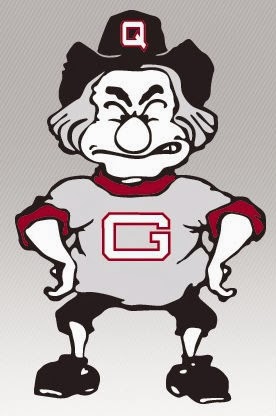A recent report from the Knight Commission on Intercollegiate Athletics has revealed stark differences between NCAA Division I and Division III institutes.
“It’s a philosophical standpoint by the NCAA and by Division III, it is a division where education and maturation are the focus, not paid-to-play,” said Dean of Students and Vice President of Student Affairs for the Administration and Student Life Departments Aaron Fetrow.
According to the KCIA, from 2005 to 2011 athletic spending growth outpaced academic spending growth in nine out of 12 subdivisions in D-I conferences that included the Atlantic Coast Conference, the Big East Conference and other top-notch conferences.
The Southeastern Conference demonstrated the largest disparity in funding. The SEC spent an average of $176,429 on athletes, which included scholarship costs per athlete in 2011.
During the 2012 football season, the SEC had four of the eight highest-paid head coaches, four of the six highest-paid assistants and five of the 15 highest paid assistant coaching staffs, according to USA Today.
SEC schools only spent $13,229 on non-athletes in 2011.
The remaining eight subdivisions spent between $43,416 and $130,494 per athlete in 2011.
Academic spending at these institutions per FTE student ranged between $11,308 to $17,307 in 2011.
How does Division III compare?
“The average cost for an athlete (at Guilford) is … just about $4,100,” said Fetrow. “Among our conference, the amount spent per athlete … we’re sixth out of 12 in costs per athlete.”
According to the Equity in Athletics Data Analysis Cutting Tool, which is managed by the Department of Education to monitor athletic spending, Guilford spent an average of $4,792 per athlete from 2012–2013.
The key difference, between D-I and D-III spending, is the availability of athletic scholarships.
“In Division III there are no athletic scholarships,” said Sports Information Director and Assistant Athletics Director Dave Walters. “The students who come to a Division III school are paying to play and are coming because they love the game.
“They value the opportunity to have an education.”
In 2011, the University of Texas at Austin paid $248,951 per athlete including scholarship costs, the most out of any of the D-I schools covered by the KCIA’s report.
Without scholarships this number dropped to $232,270 per athlete, revealing a $211,367 gap between athletic spending per student and academic spending per FTE student in 2011.
Across all subdivisions, football is the most expensive D-I sport.
This trend extends into D-III athletics from 2012-13, Guilford invested $389,512 in its football program and finished with a 4–3 record in the Old Dominion Athletic Conference in 2012, according to the EADA.
However, the amount spent in a given year is not a clear predictor of success.
The leader of the ODAC for football in 2012 was Washington and Lee University, which allocated only $299,175 to its football team from 2012–2013, according to the EADA.
The fact that D-III schools spent a fraction of what their D-I counterparts did has not stopped athletes from choosing D-III for its unique emphasis on the integration of academics and athletics.
“It would be a great experience to play at a Division I, but the down side is that it is basically a full time job,” said junior swimmer and volleyball player Morgan McKinnon. “I chose Guilford over its competitors because I liked the small class size and the teaching style.”






